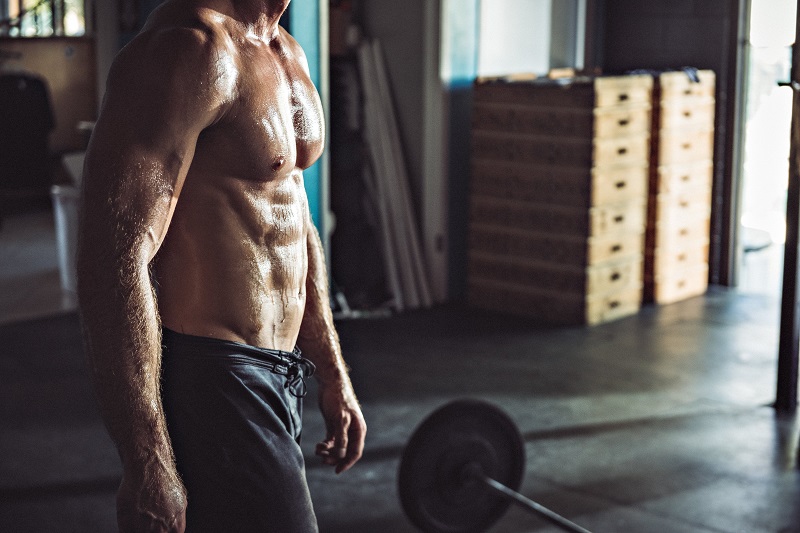A chest and back day is a staple of many gym-goers’ training schedules. In addition to improving appearance, developing a strong, toned chest and back also has a major positive impact on posture and general strength. To optimize muscle growth, or hypertrophy, a recurrent question is whether to use heavier weights with fewer repetitions or lighter weights with more repetitions. The solution is complex and requires knowledge of the various processes that influence muscle growth.
The Argument in Favor of Heavy Lifting with Few Reps
Strengthening is the main goal of training with heavy weights, usually in the 1–5 rep range. The force applied to muscle fibers during contraction, or mechanical tension, is highlighted in this rep range. These fibers adjust by strengthening and enlisting additional motor units in response to high loads. Heavy lifting promotes myofibrillar hypertrophy, which is an increase in the size and density of the contractile proteins themselves, even while it may not directly cause the same level of sarcoplasmic hypertrophy, or an increase in fluid and non-contractile protein within the muscle cell, as higher rep ranges. Stronger, denser muscular tissue is the outcome.
The Argument for High Rep Training
A new route to muscle building is provided by high rep training, which is often in the 12–20+ rep range. This range of repetitions highlights metabolic stress, which is the build-up of metabolic waste products including hydrogen ions and lactate in the muscle. Muscle cell swelling and increased glycogen storage are caused by the sarcoplasmic hypertrophy that is encouraged by this metabolic load. High rep training also increases capillary density and muscle endurance, which enhances waste disposal and nutrient supply.
Increased muscle mass and enhanced total work capacity may result from this. This increase in fluid within the muscle cells causes the pump that occurs during high rep training, which enhances the sensation of development and fullness. Whether you’re focusing on a chest and back workout or targeting other muscle groups, high rep training enables shorter rest times and a higher training volume, however larger weights could necessitate longer rest periods.
Finding the Right Balance for Optimal Growth
The most effective chest and back training involves heavy lifts and high reps. Periodization, which alternates rep ranges and intensities, can boost muscular growth. For instance, you could start a training cycle with complex exercises like deadlifts, bench presses, and rows, then isolate workouts like dumbbell flyes, lat pull-down, and cable rows, which need greater reps. This promotes sarcoplasmic and myofibrillar growth for well-rounded muscles. An efficient chest and back day routine demands paying attention to your body, prioritizing recovery, and tailoring your training to your goals. Try different rep ranges and exercise variations to find what works for you.




